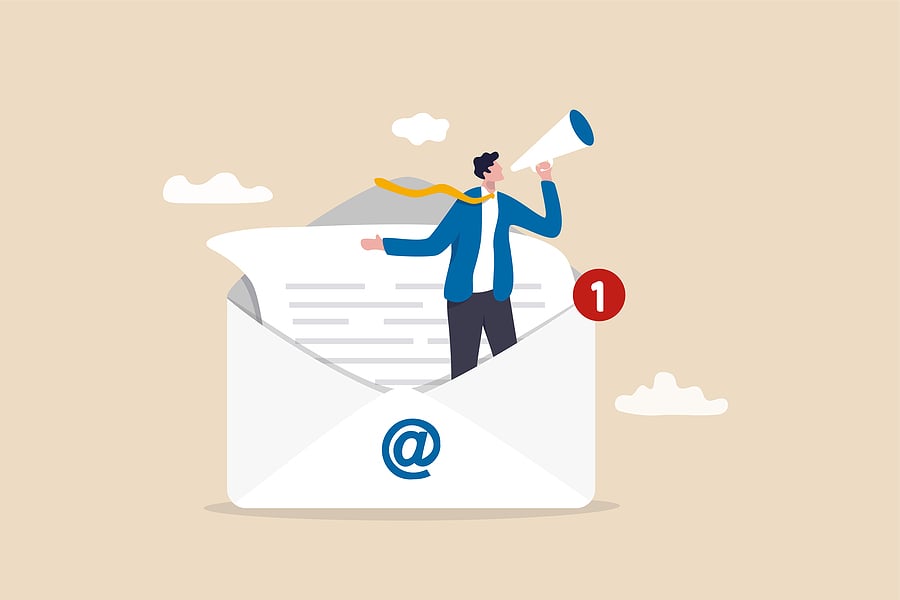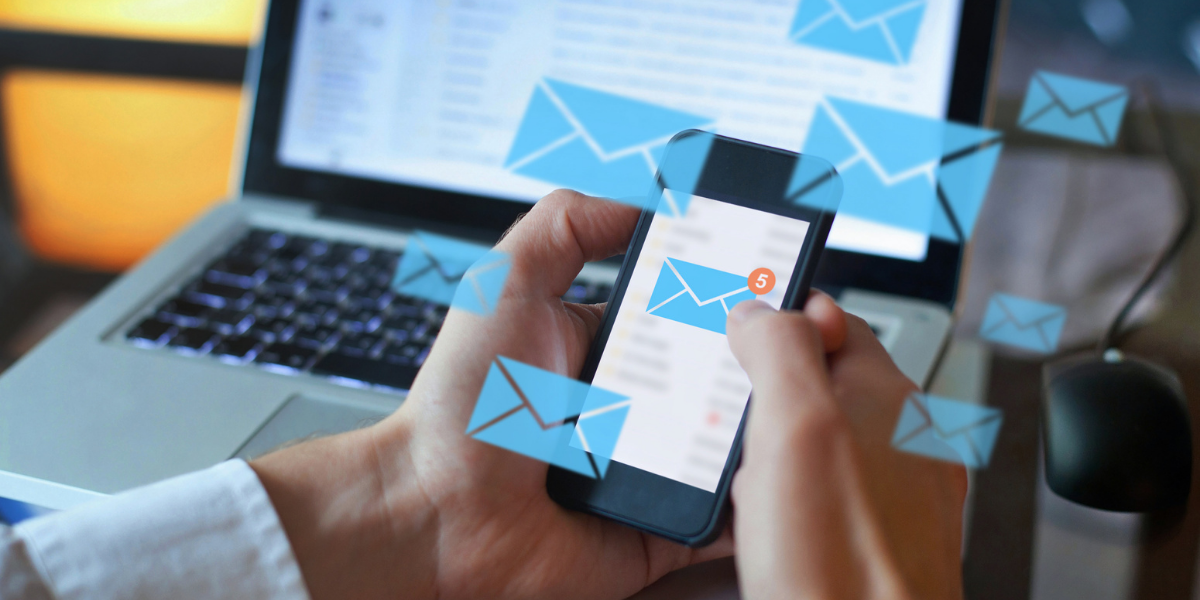2022 Email Marketing Trends That Will Truly Impact Your ROI
In 2019, more than 306 billion emails were sent and received every day. 😲 Yep, you read that right…EVERY DAY. And it’s expected that by 2025, that...
4 min read
 Amy Judge
:
October 17, 2024
Amy Judge
:
October 17, 2024
![Should You Send Emails to Unengaged Contacts? [Spoiler: No, and Here’s Why…]](https://www.wildfigmarketing.com/hubfs/bigstock--220855843.jpg)
You know the feeling: you’ve finally collected a decent number of email addresses for your list…but now they don’t seem to be engaging with your emails like they used to. It can be tempting to just keep emailing them, crossing your fingers that someday they’ll be interested again (“I’ll never let go, Jack!”).
But just like Rose eventually had to let Jack go, at some point you need to admit those contacts just aren’t worth holding onto anymore.
Ideally, you want an email list full of contacts who engage with your content and take advantage of your offers. This leads to more revenue and better email marketing ROI. However, as your subscribers evolve in their customer journey, it’s only natural that some of them will become inactive. And it’s in your best interest to let those subscribers go.
Continuing to send emails to unengaged contacts can negatively impact your email marketing success. Read on to learn how, as well as how to build and maintain a strong email list.

When your contacts consistently ignore your emails, it causes email service providers (ESPs) to view your messages as irrelevant or unwanted by your subscribers. When this happens, future emails you send could be filtered into the spam folder for everyone — not just those who are unengaged.
In other words, continuing to send emails to unengaged contacts can negatively impact your email deliverability. And if your emails can’t get delivered properly, your email campaigns won’t be successful.
When email deliverability is affected, so is your sender reputation. ESPs evaluate your sender reputation based on a number of factors, including:
When you continue emailing contacts even though they aren’t engaging, that can harm your sender score and make it harder to ensure your emails get seen by contacts who are engaged.
Continuing to email contacts even though they haven’t engaged with your messages will skew your open rates. Because these contacts are unlikely to open your emails, your open rates will appear lower, making it more difficult to measure the true impact of your email campaigns.
The best way to get an accurate picture of how effective your campaigns are is to only include contacts who typically engage with your emails. That way, if they don’t engage with an email, you’ll know that email is missing the mark somehow and you can adjust future emails accordingly.
When unengaged contacts keep getting emails from you, they’ll be more likely to hit that “unsubscribe” button (or worse, mark your messages as spam). Not only will this skew your unsubscribe rates, harm your sender reputation, and reduce your email deliverability, it’s possible it could also lead to legal compliance issues.
Email marketing regulations like the CAN-SPAM Act or the GDPR (in Europe) protect consumers from unwanted commercial emails. When you continue to send emails to unengaged contacts without their explicit consent, you may be in violation of these or other regulations.
It’s important to respect your contacts’ preferences and permissions in order to stay compliant and maintain positive relationships with them.
Finally, sending emails to contacts who aren’t interested in receiving them is a waste of resources, as you’re not going to see a return on that investment. It uses time, energy, and money that you could better invest elsewhere.
Instead of spending your resources on contacts who are unlikely to convert, you could use them to nurture and engage with potential customers who actually want to buy your products or services.
Doesn’t that sound like a much better use of your resources (and a whole lot more fun)??
Get 10 Quick Tips for Writing Great Email Copy in this blog!
Working to build and maintain a strong email list will help you reach the audience that wants to hear from you…not to mention improve your email marketing ROI!
It’s an email marketing best practice to routinely clean out your email list by removing unengaged contacts and bounced email addresses.
But before you toss those unengaged contacts, consider sending them one last email: a re-engagement email. To do this, you’ll first need to separate your unengaged contacts from your email list. Then, send them an email communicating that you miss them, sharing what they’ve missed out on by not engaging with you, offering them a special discount, or asking how you could improve.
This kind of email could spark some interest in otherwise unengaged contacts and draw them back in. If it doesn’t, it’s time to let those contacts go.
To make sure you’re consistently cleaning out your email list, it’s a good idea to create what’s called a “sunset policy.” A sunset policy is a plan that delineates how you’ll:
While it may seem counterproductive to remove contacts from your email list, it’s actually the opposite. A smaller, engaged email list is much more beneficial to your business than a large list full of contacts who aren’t interested in hearing from you. A regularly cleaned-out email list is more likely to lead to higher conversion rates and better ROI.
That said, it’s also important to have a plan to regularly add new subscribers to your list. There are so many ways you can do this, including website popups, loyalty programs, and adding sign-up links to social media. Check out our infographic below for 25 easy ways to grow your email list!
No matter which methods you choose, continually running some kind of lead generation campaign can help you add fresh engaged contacts to your list.
Want more support for your email campaigns or email marketing strategy? We’d love to share our expertise! Simply schedule a no-strings-attached exploratory call to discuss your needs and learn how the Wild Fig team can help.

In 2019, more than 306 billion emails were sent and received every day. 😲 Yep, you read that right…EVERY DAY. And it’s expected that by 2025, that...

In 2022, the number of global email users was forecast at 4.3 billion. In 2025, that number is expected to grow to 4.6 billion—that’s more than half...

Part 3 of our Key Metrics Series Email marketing, when done well, can be one of the most effective ways to engage your audience. However, it doesn’t...